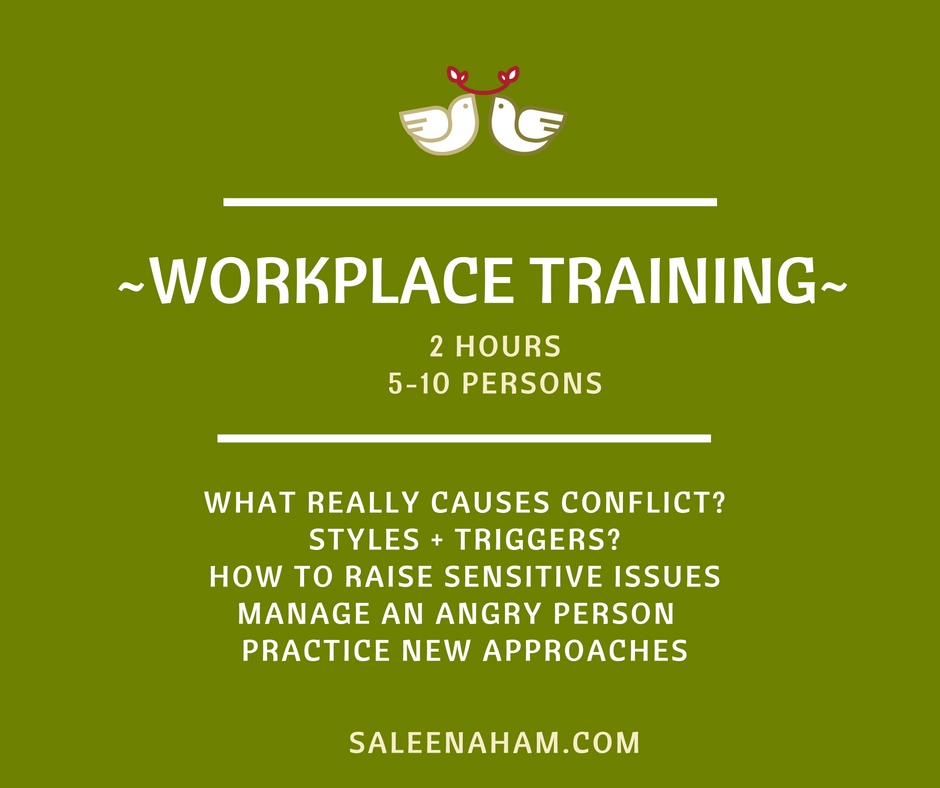Need to assess communication risks? A communication plan in a hurry?
If you have responsibility for any project, of any type whatsoever, there will be benefit from a communication risk assessment. Seriously important projects need serious communication plans but if you need a fast overview of communication risks and opportunities then give this four-question quick communication plan a go. I promise you will find value in it.
Are you ready? Fire up the keyboard for a fast dance through a 30-minute communication plan.

Image ID: 10045648/freedigitalphotos.net
The First Question to answer is this: What is my business objective? Should be obvious, right? Another way of thinking about this is: Why am I doing this? What do I hope to achieve? What is the end goal? Write it down.
Second Question to answer: Why do I want to achieve that particular business objective? In other words, what is the real motive, what is the deeper interest in achieving this. Is it profit? Is it to manage risk? Is it to meet a legislative requirement?
And interrogate each of these answers with one more thing: why? Why do I want a profit? Why do I want to manage risk? Why do I have to meet a legislative requirement? These are important questions that should give a richer understanding of the business objective and of what is important to achieve or protect. This will take you deeper, to the true driver and possibly to otherwise unspoken risks. Sometimes, these answers even cause some revision or refining of the Business Objective. It might even turn the First Question’s answer into a Communication Objective.
Third Question answer: Who will care about this? Who is affected by it in a major way? Who is impacted in a minor way? Who might have an interest in this, in any way? This list is usually your Stakeholder list. Write these out underneath each other in a list down the left hand side of your page or electronically in a three column table. Don’t sort them at all to begin with – just go for it in a brainstorm. This is a quick communication plan – but do try to make it a decent stakeholder list. Leaving someone out is more dangerous at this stage than having too many in.
Fourth Question: in the two columns next to your stakeholder list, head the first “Interests or Concerns” of each of these stakeholders. And the third column head “Risks/Opportunities. That middle column will be a few words defining what that stakeholder may fear or aspire to achieve. What would threaten them; what opportunity could they want. And in the column next to that, think about whether this presents a risk or an opportunity. What might they do to protect themselves or to advance their interests, especially given what you are planning to do.
Remember this is a quick communication plan, a fast and dirty risk assessment, so this is just to give you a heads-up on key issues and real research is smart before too much action is taken, to confirm or confront the assumptions we are making in this speedy exercise.
Once you complete this, you will soon start to see where there are risks that should be given attention. You will have some indication of who/what might be a show stopper or an avenue of opportunity. It allows you to categorise where there are risks and possibilities to protect your business objective and this leads to consideration of possible initiatives to enhance or mitigate as appropriate. This quick communication planning exercise can be applied to any endeavour at all and give you something immediately useful. Have fun!
Saleena Ham









